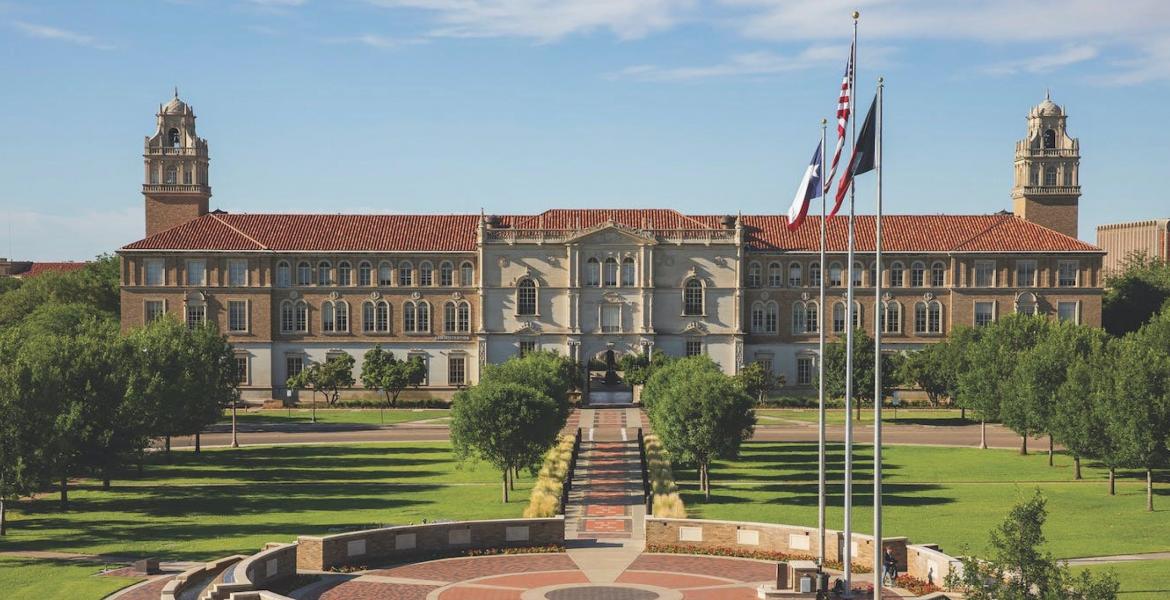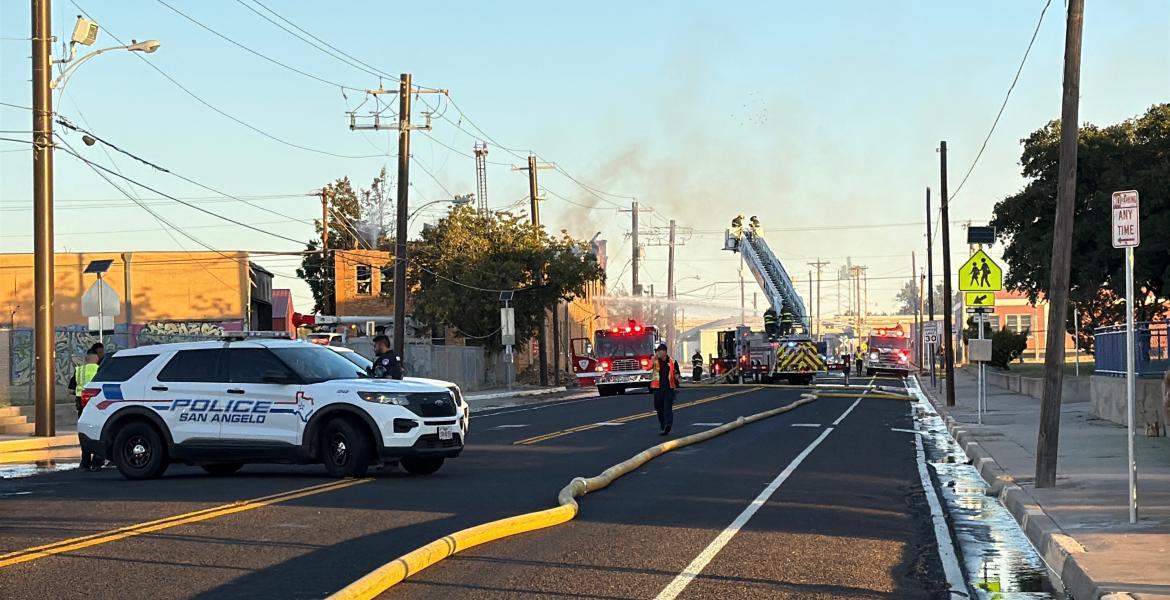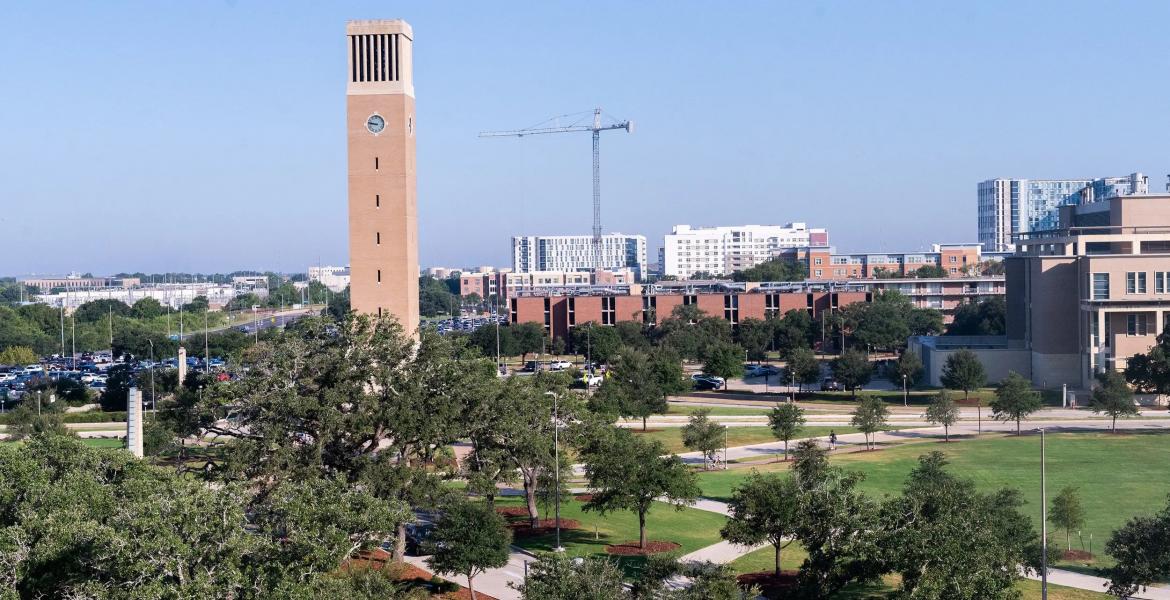AUSTIN TX — On Tuesday, the Texas Education Agency released the guidelines for the reopening of schools for the 2020-2021 school year. The guidelines provide school districts with a blueprint of how the new school year will look in the fall.
“While it is not possible to eliminate all risk of furthering the spread of COVID-19, the current science suggests there are many steps schools can take to reduce the risks to students, teachers, staff, and their families significantly,” said the TEA in a press release.
Texas schools must employ four sets of practices to minimize the likelihood of viral spread. Some practices will be required for all schools while others are recommendations. The practices are divided into the following groups: provide notice, prevent, respond, and mitigate.
Even though research has shown that “children do get infected by COVID-19 and some severe outcomes have been reported in children, relatively few children with COVID-19 are hospitalized or have severe symptoms.” With this being said the TEA advises parents that it may be necessary to implement temporary school closure.
“Parents, educators, and school administrators should be prepared for this in the event that it occurs, while actively working to prevent it through prevention and mitigation practices.”
Detailed below are a few of the guidelines outlined in the document published by the TEA. The complete document can be reviewed by clicking on the following link: SY 20-21 Public Health Planning Guidance.
Provide Notice
- School systems must post a summary of the plan they will follow to mitigate COVID-19 spread in their schools based on the requirements and recommendations outlined here.
- Students must attend 90% of the days a course is offered (with some exceptions) to be awarded credit for the course and/or to be promoted to the next grade.
- Student attendance may be earned through the delivery of virtual instruction.
- Parents may request their students be offered virtual instruction if the school district offers that option.
Prevent
- Teachers and staff must complete a daily health-screening before coming onto campus. The screenings must include a temperature check.
- Parents must ensure they do not send a child to school on campus if the child has COVID-19 symptoms. Parents may choose to have students complete remote instruction if their child has had close contact with an individual who is lab-confirmed with COVID-19 until the 14-day incubation period has passed.
- All campus visitors must be screened before they are allowed onto campus. This guideline would exclude parental drop-off and pick-up.
Respond
- If an individual who has been in a school is lab-confirmed to have COVID-19, the school must notify its local health department.
- Schools must close off areas that are heavily used by the individual with the lab-confirmed case (student, teacher, or staff) until the non-porous surfaces in those areas can be disinfected unless more than 3 days have already passed since that person was on campus.
Mitigate
- Schools should attempt to have hand sanitizer and/or hand washing stations with soap and water at each entrance. They should also attempt to provide hand sanitizer and/or hand washing stations with soap and water in every classroom.
- School systems may require the use of masks or face shields for adults or students for whom it is developmentally appropriate.
- Even though it is impractical for students to wear masks or face shields during non-UIL athletic or other extracurricular activities, schools must require students, teachers, staff, and visitors to wear masks or face shields when entering and exiting facilities and practice areas and when not actively engaging in those activities.
- Students who are actively exercising may remove masks or face shields, as long as they maintain at least six feet of distance from other students, teachers, and staff who are not wearing masks or face shields.
- In classroom spaces that allow it, schools should consider placing student desks a minimum of six feet apart when possible.
- In classrooms where students are regularly within six feet of one another, schools should plan for more frequent hand washing and/or hand sanitizing and should consider whether increased airflow from the outdoors is possible.
- Campuses must plan for entry, exit, and transition procedures that reduce large group gatherings (of students and/or adults) in close proximity.
- Schools should consider adding dividers between bathroom sinks, especially when students cannot be at least six feet apart while using the sinks.
- Schools should consider practices that reduce the likelihood that students meet the close contact definition at lunch. Possible options include having students eat lunch at their desks or seating them at least 6 feet apart.
Subscribe to the LIVE! Daily
Required






Comments
Nope. The only reason my children participate in this charade they call public school is for the socialization aspect. With that gone, they won't be attending until these ridiculous mandates are lifted. I encourage others to do the same. They will have to shut down schools or reopen to regular classroom, lunch, recess, etc practices if we all stand in unity.
- Log in or register to post comments
PermalinkListed By: Will Jonson
Yeah, never mind the risk to the health and lives of those students, just prove stupidity reins king while being in denial of facts. BTW Judge where did you get your education, that is if you have any?
- Log in or register to post comments
PermalinkAt a top-rated private school out of state. How is that important?
- Log in or register to post comments
PermalinkPost a comment to this article here: